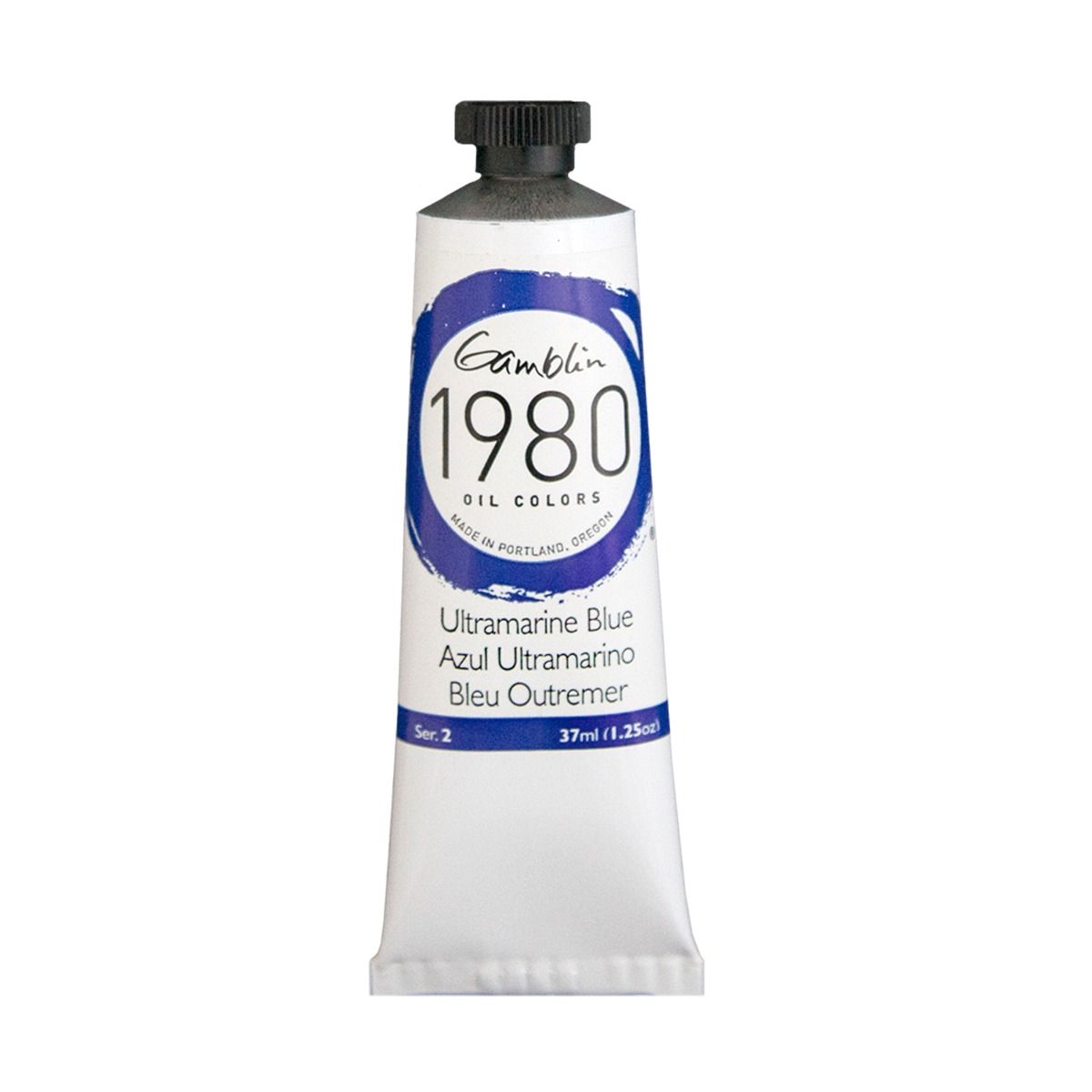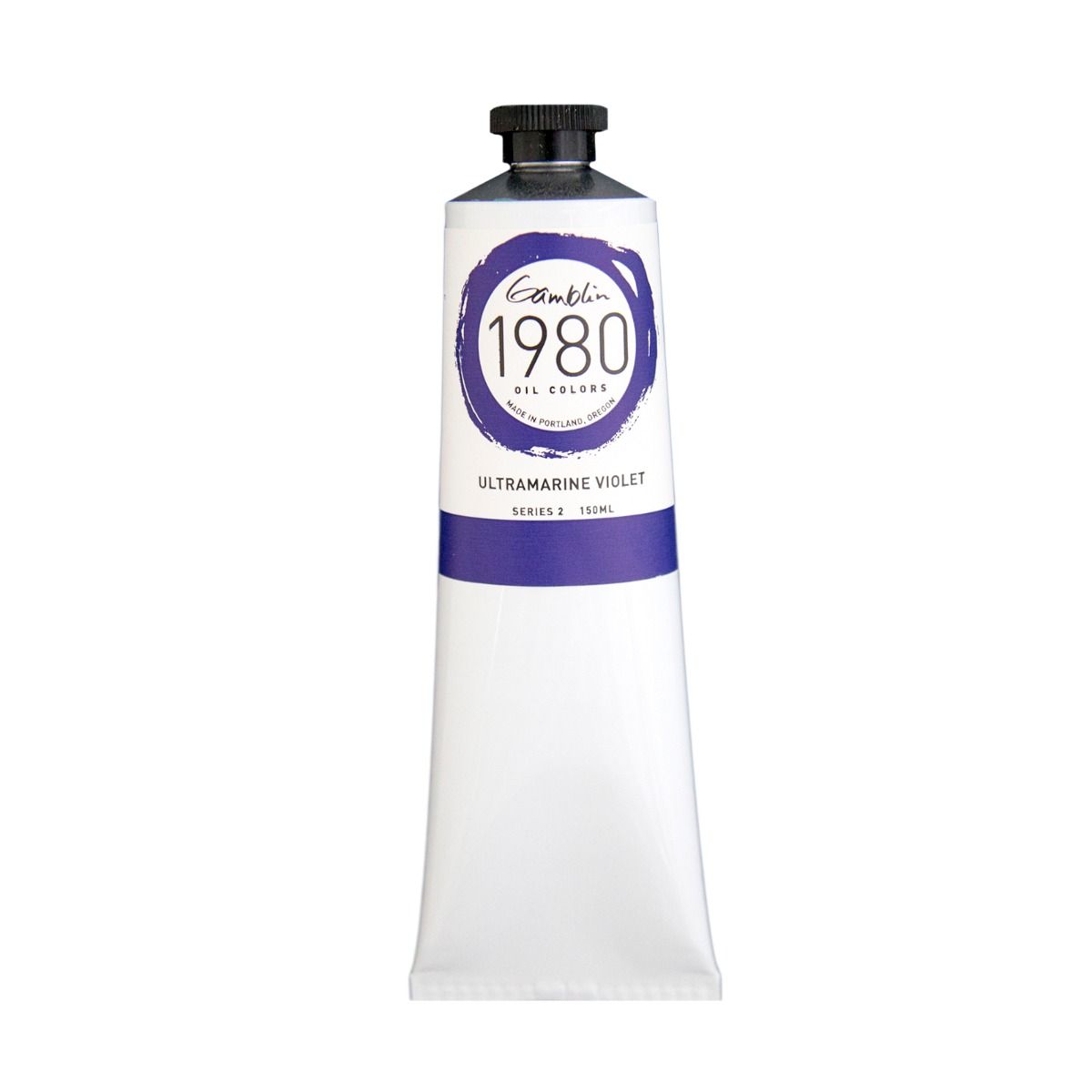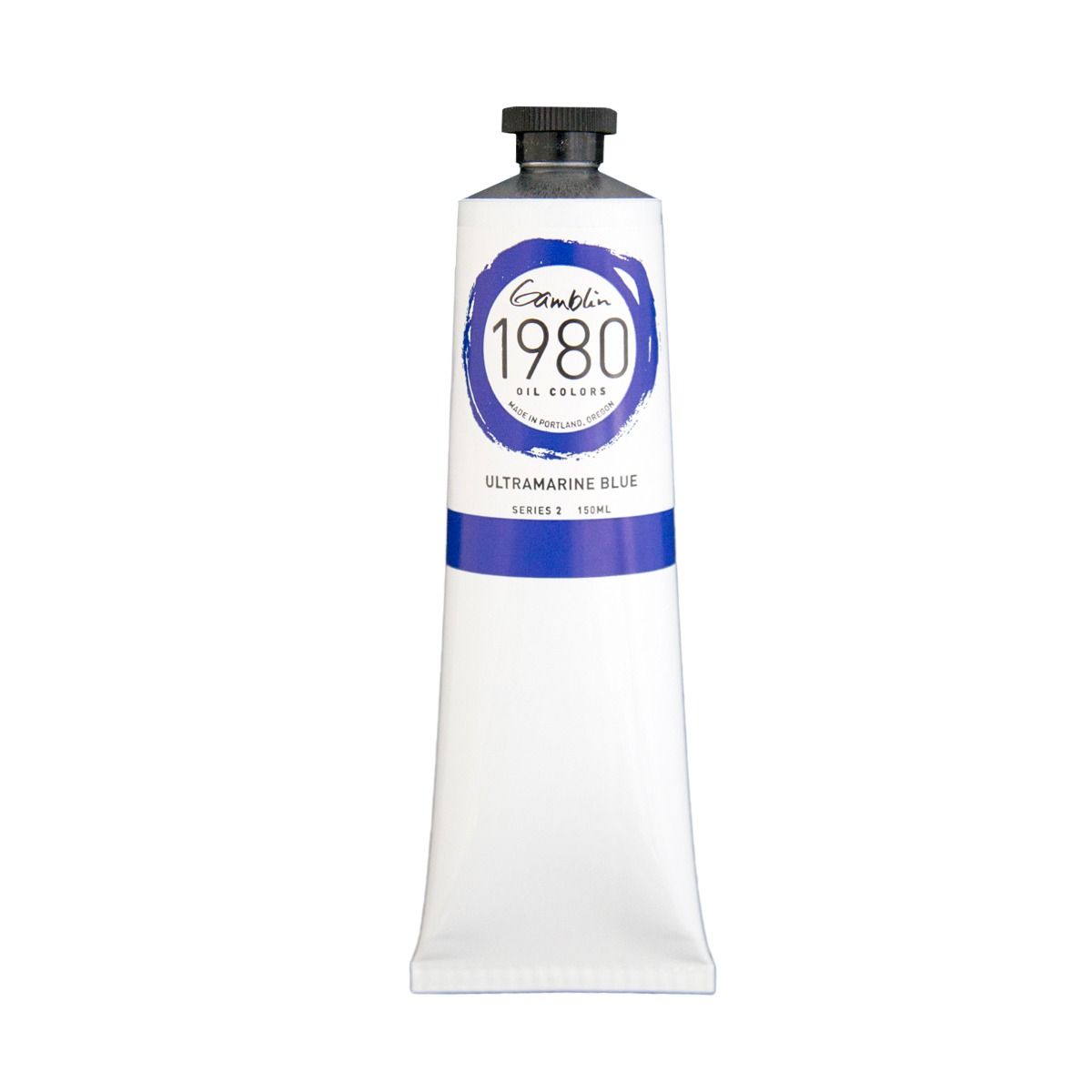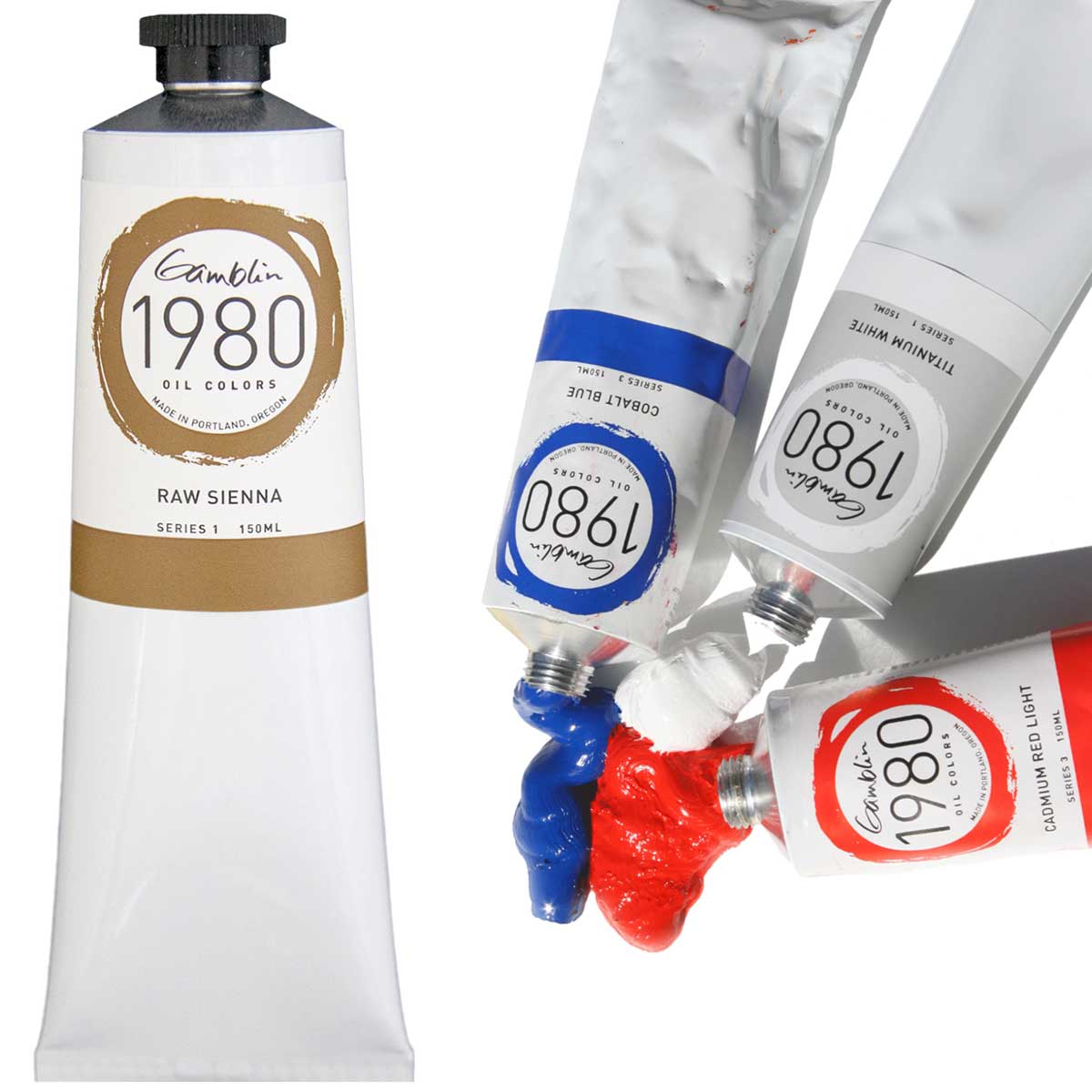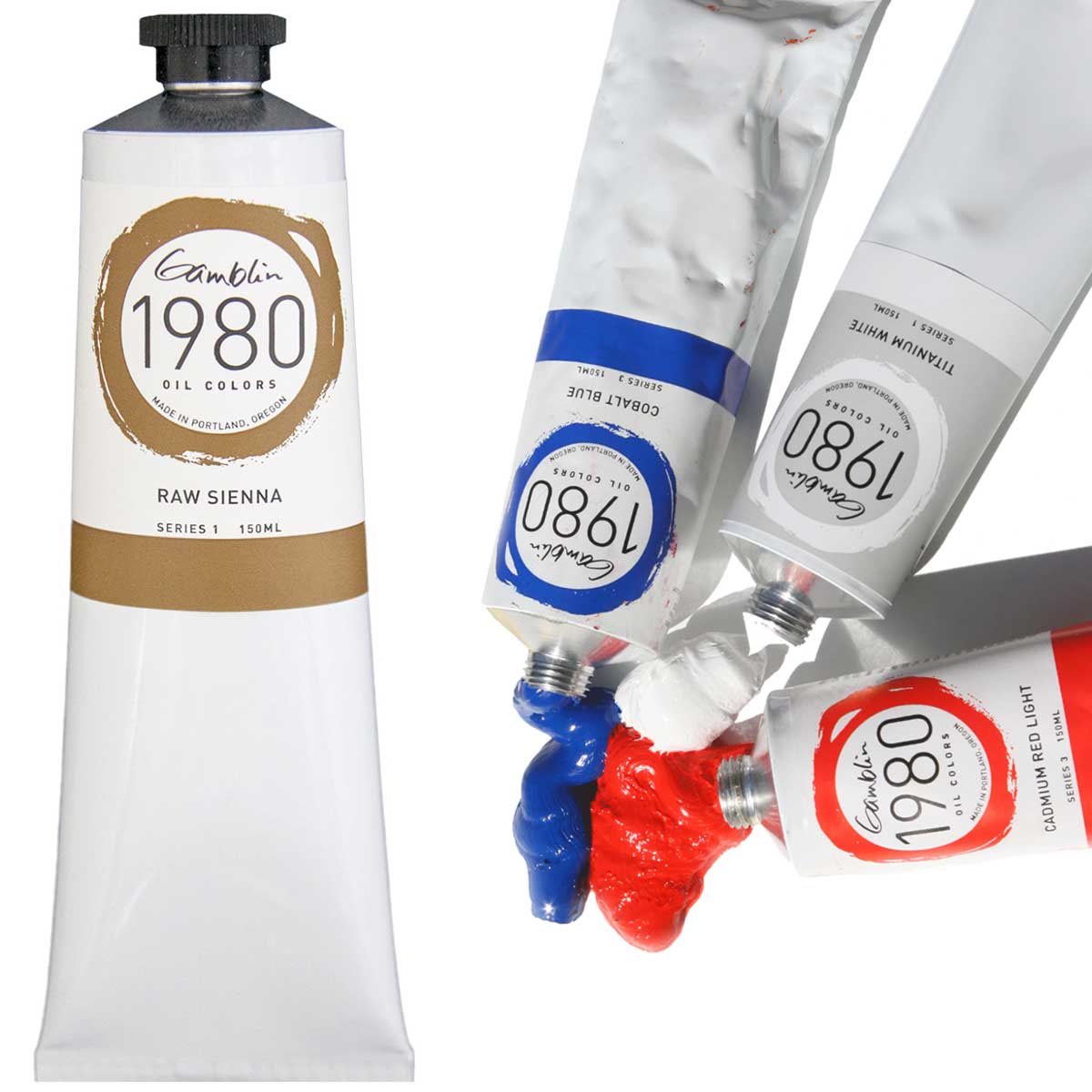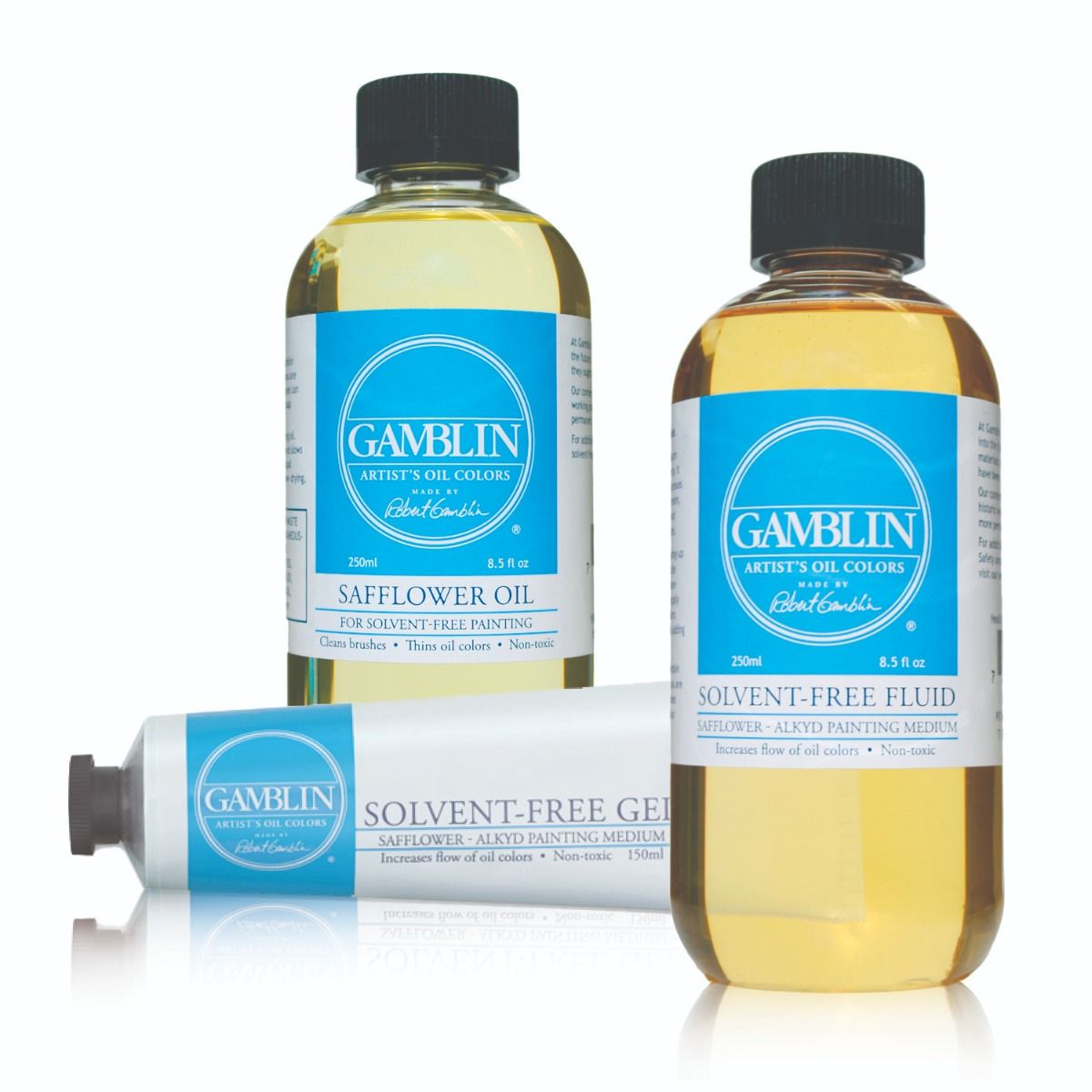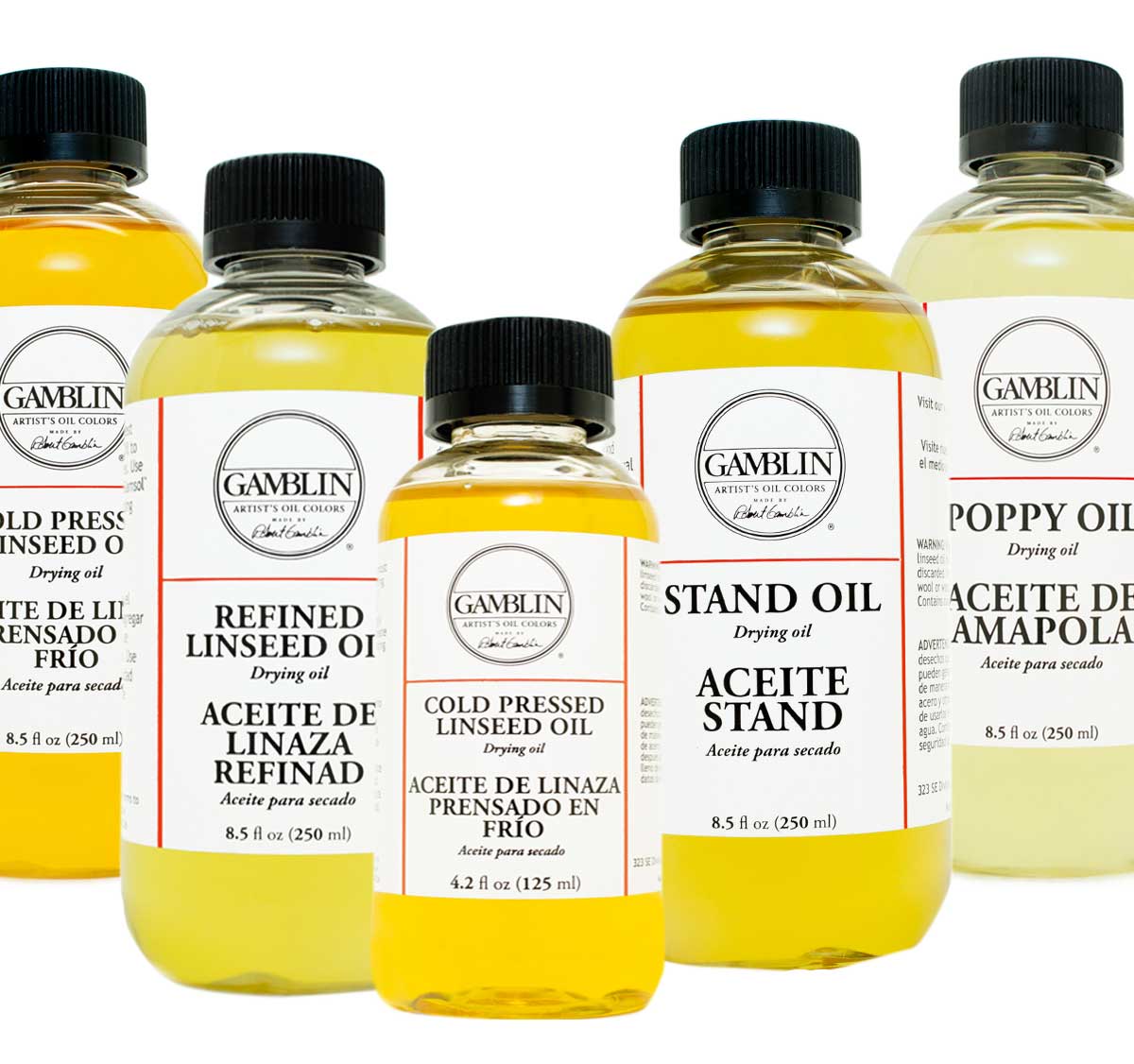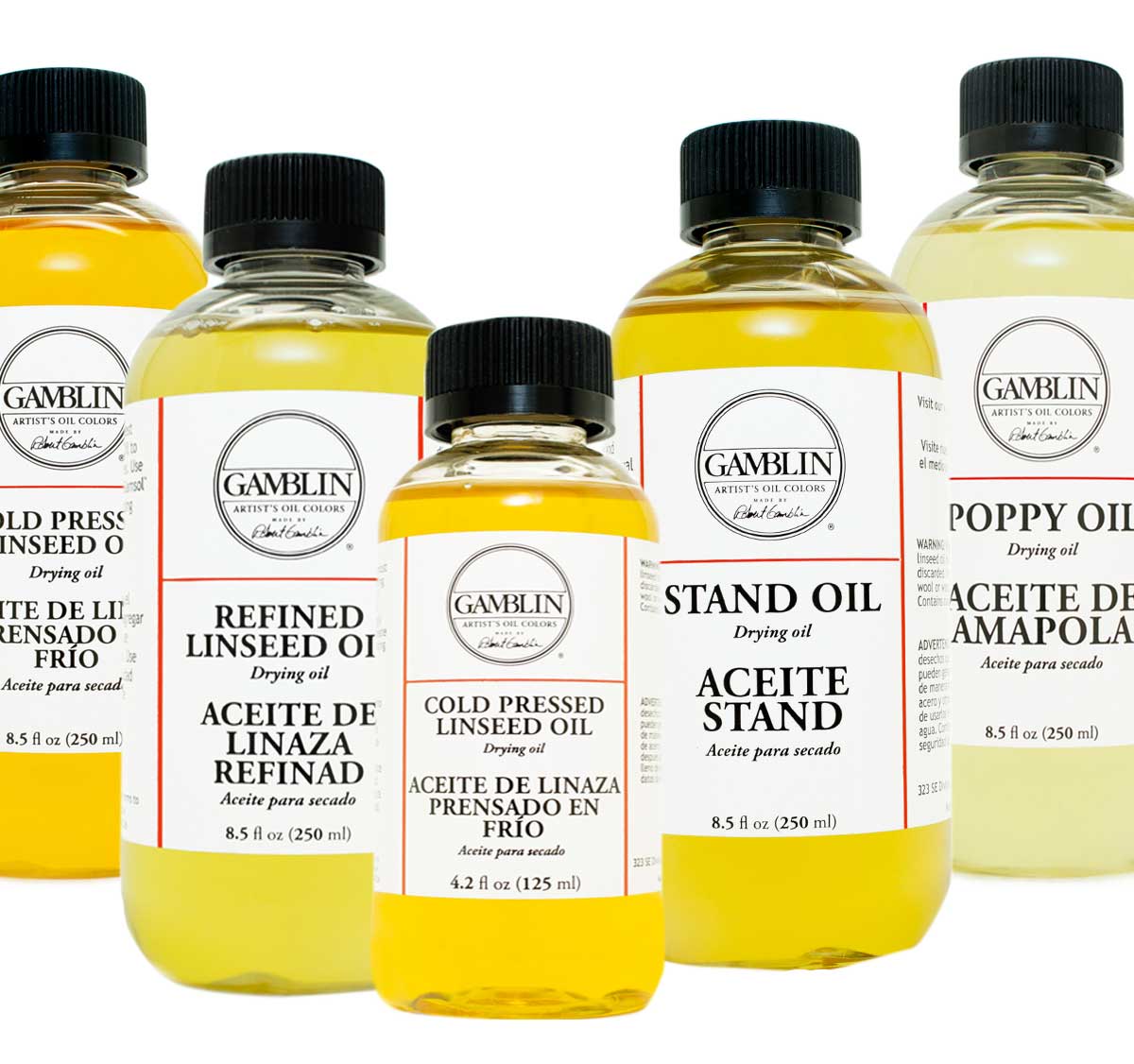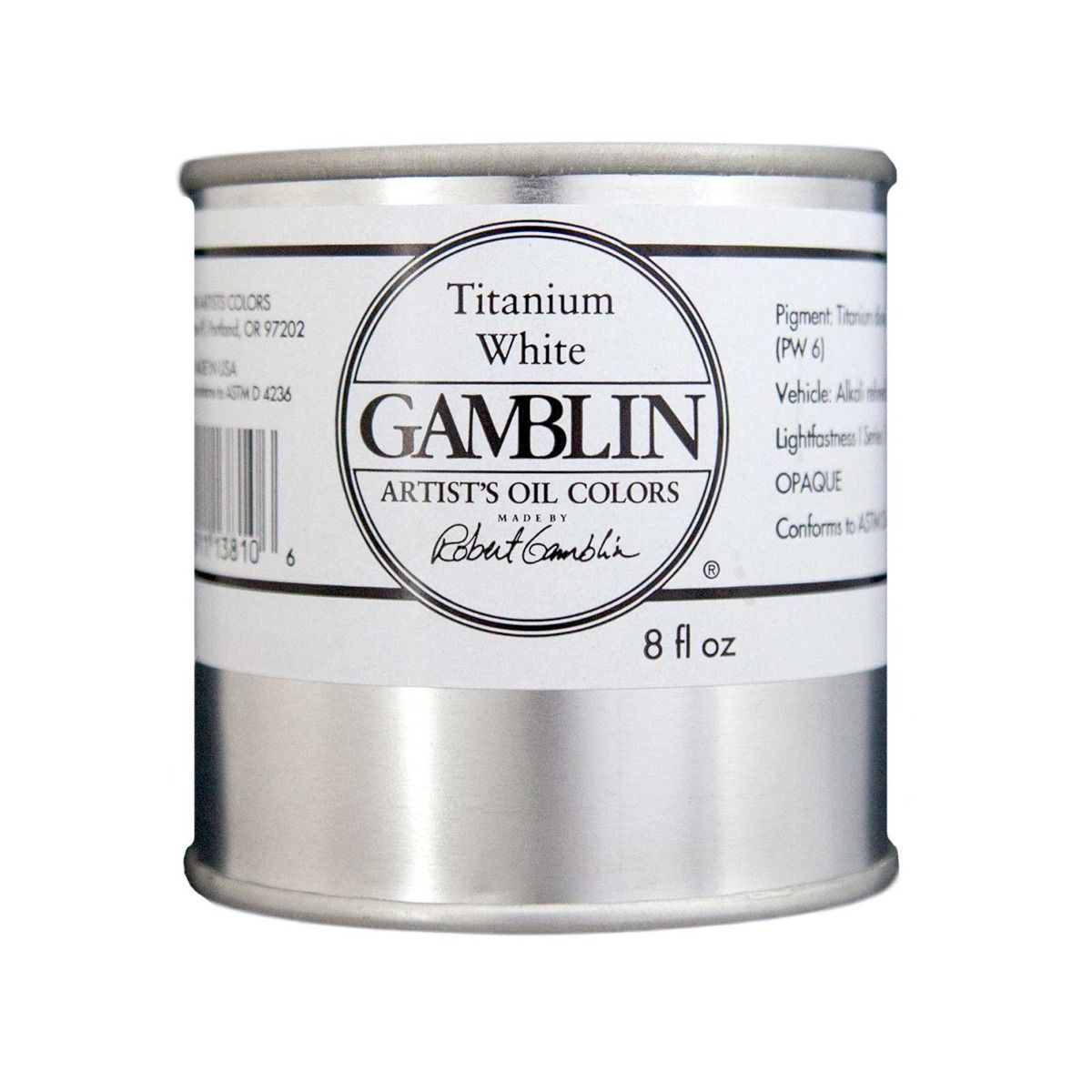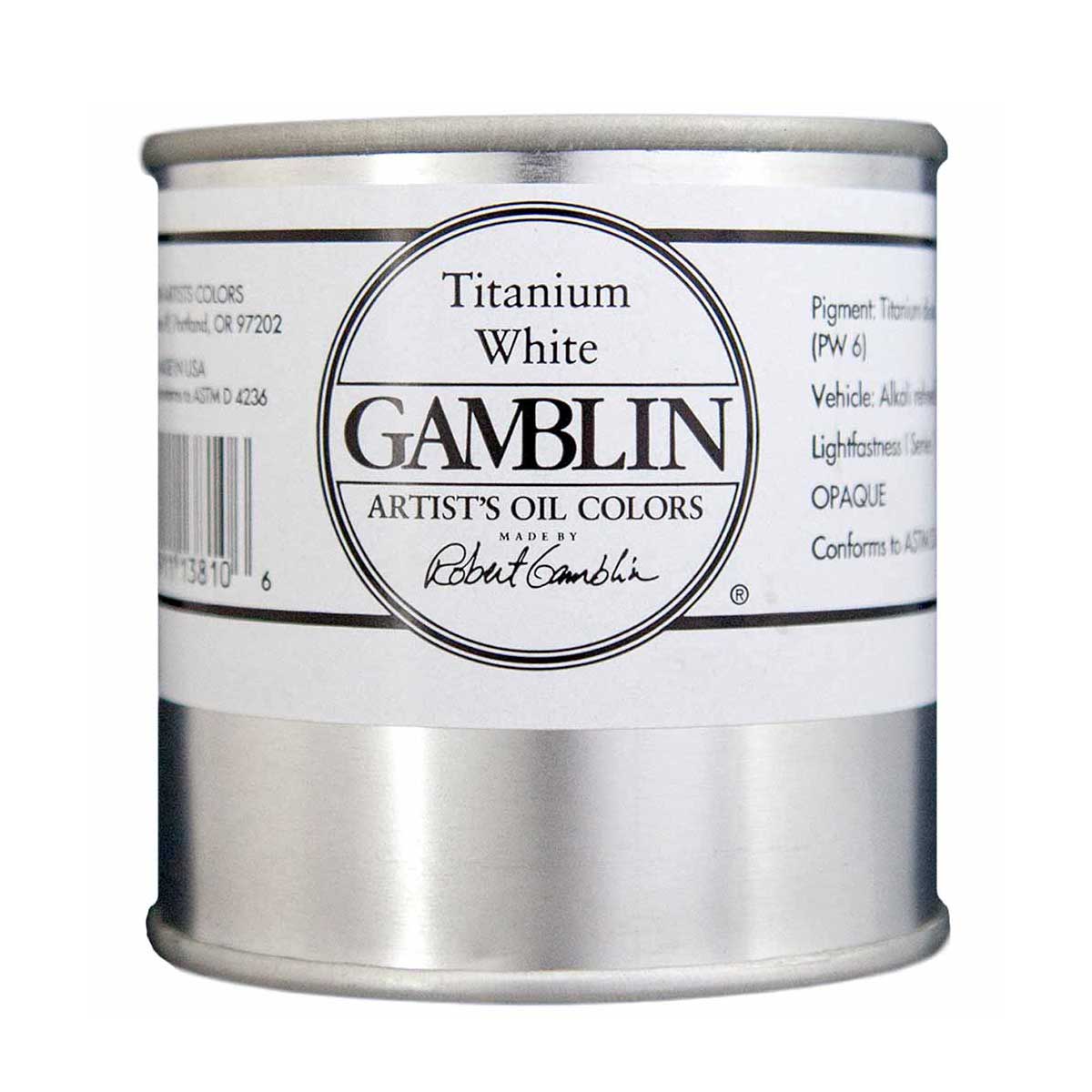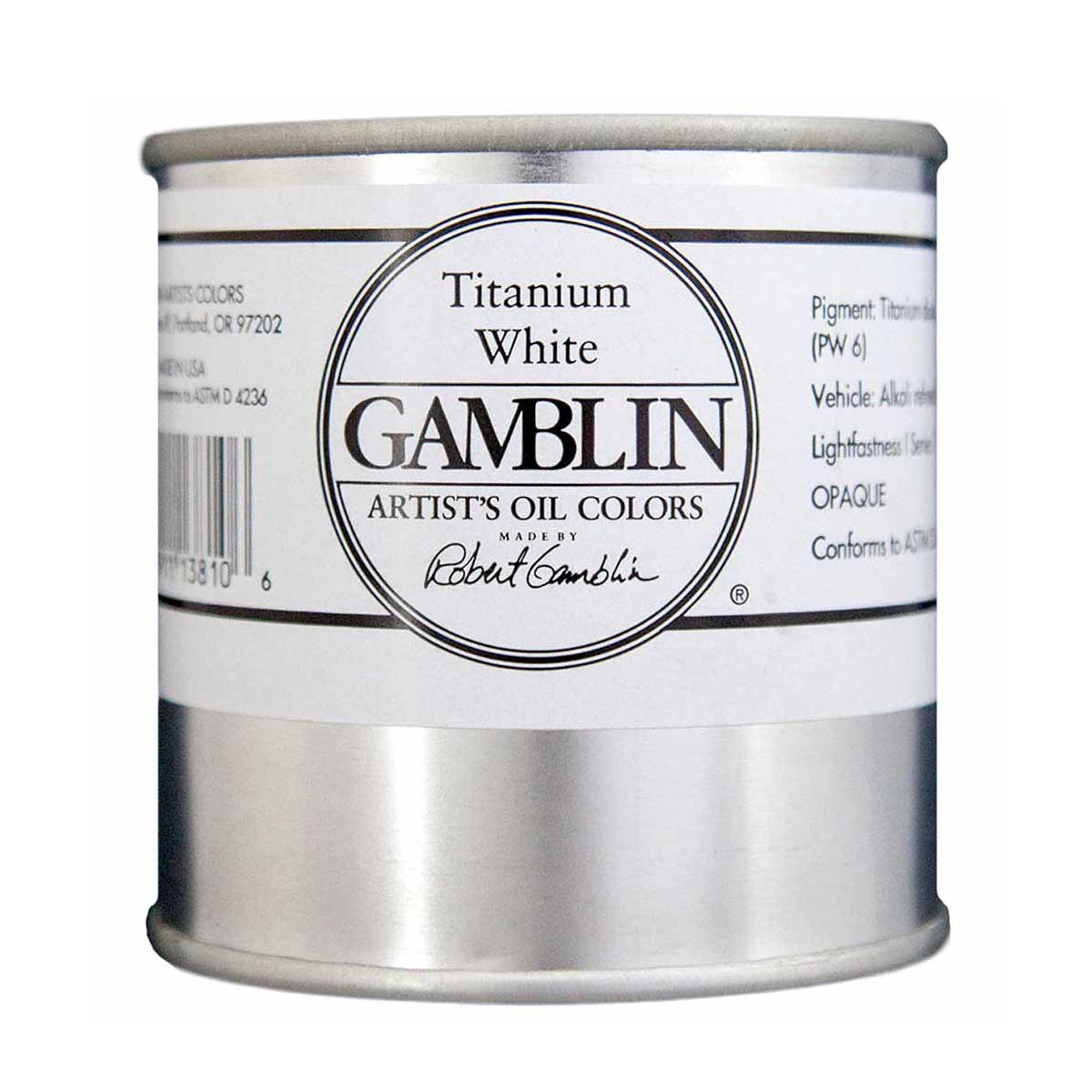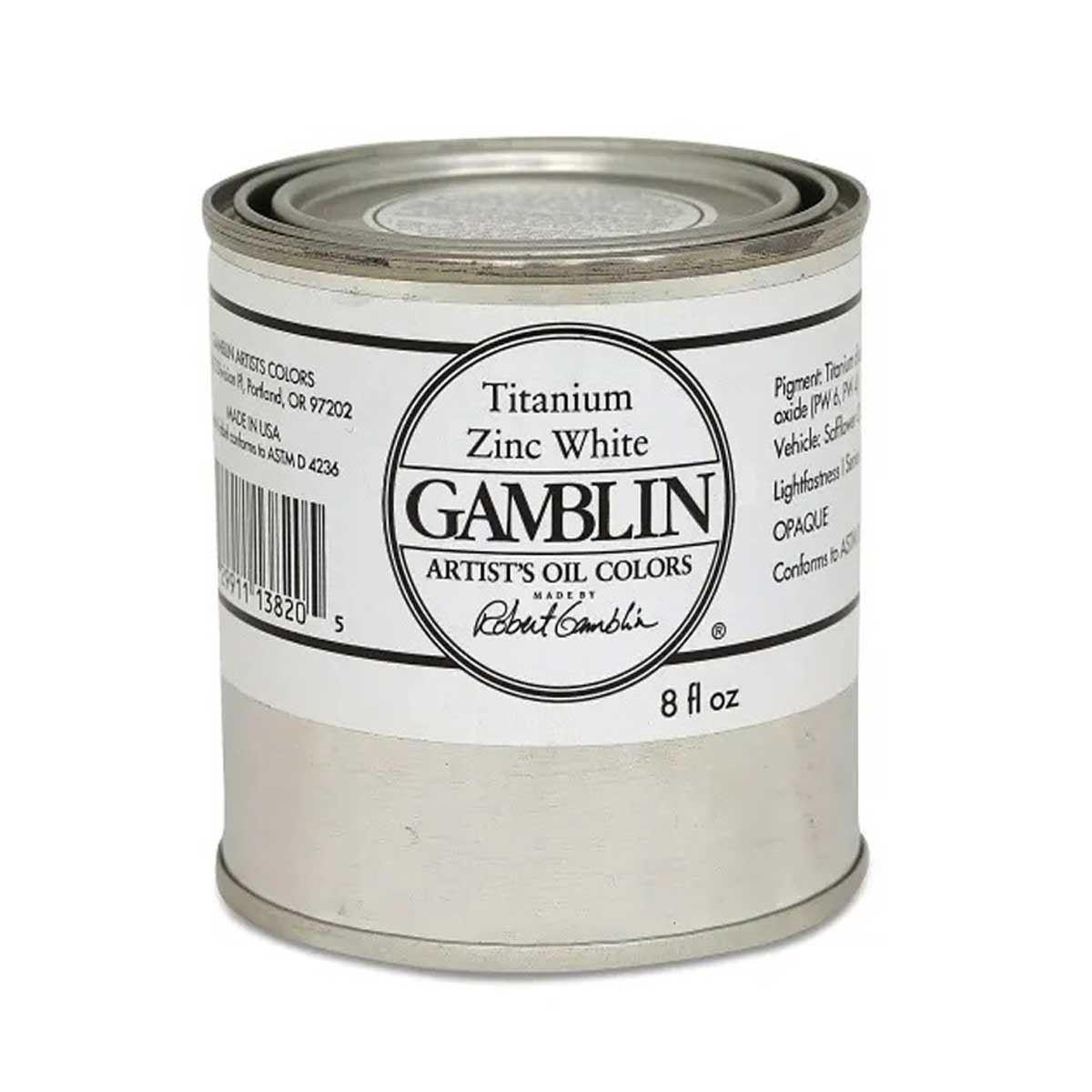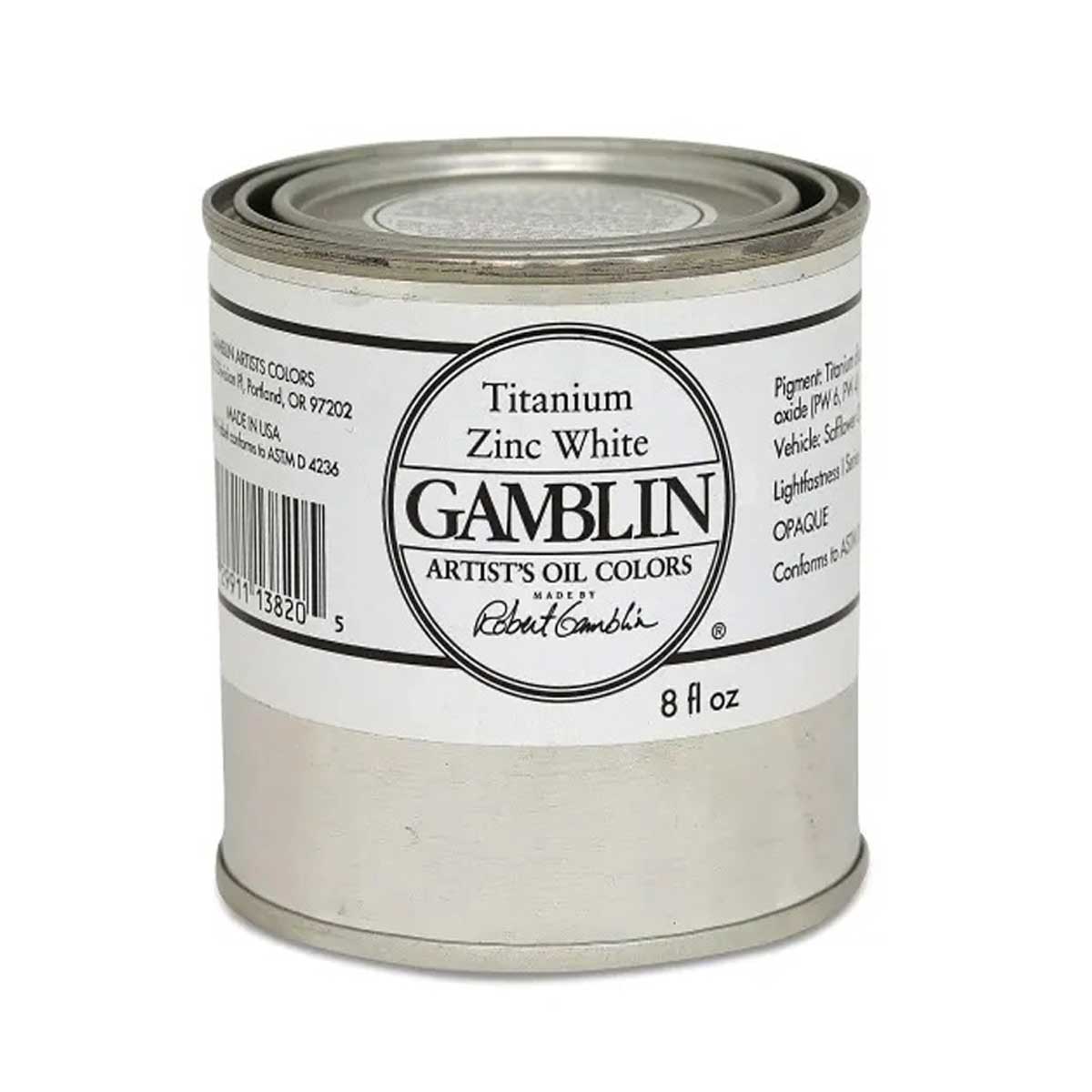Gamblin 1980 Oils - Ultramarine Blue, 37 ml (1.25oz)
Ultramarine Blue: An excellent glazing colour, warm Ultra Blue is one of the few mineral colours that is completely transparent. Lightfast with moderate tinting strength. Consider using Alizarin Permanent instead of Alizarin Crimson to mix violets. Ultramarine dries slowly in oil.
Composition and Permanence:
- Pigment Name: - PB29-Ultramarine [Blue] (Complex silicate of sodium & aluminum with sulphur)
- Vehicle: Alkali refined linseed oil
- Lightfastness: I
- Opacity: Transparent
- Series: 2
Warning: SDS Cancer and reproductive harm – www.P65Warnings.ca.gov
Gamblin 1980 Oils - PB29-Ultramarine [Blue] (Complex silicate of sodium & aluminum with sulphur)
Ultramarine Blue: An excellent glazing colour, warm Ultra Blue is one of the few mineral colours that is completely transparent. Lightfast with moderate tinting strength. Consider using Alizarin Permanent instead of Alizarin Crimson to mix violets.
Ultramarine is the standard warm blue, a brilliant blue pigment with the most purple and least green in its undertone. It has moderate to high tinting strength and beautiful transparency. Ultramarine dries slowly in oil and produces clean, though granular, washes in watercolour.
Pigment Composition and Permanence:
Pigment Name: PB29-Ultramarine [Blue] (Complex silicate of sodium & aluminum with sulphur)
Pigment Type: inorganic
Properties
Ultramarine is the standard warm blue, a brilliant blue pigment with the most purple and least green in its undertone. It has moderate to high tinting strength and beautiful transparency.
Synthetic Ultramarine is not as vivid a blue as natural Ultramarine. Ultramarine dries slowly in oil and produces clean, though granular, washes in watercolour.
French Ultramarine mixes well with Alizarin colours in oil and watercolour form to create a range of purples and violets. It can dull when mixed with white in acrylic form but mixes well with other colours. The shade varies based on the manufacturer. Considered a great colour for glazes, it is not suitable for frescoing.
Permanence
Ultramarine has excellent permanence, although synthetic Ultramarine is not as permanent as natural Ultramarine. It may discolour if exposed to acid because of its sulfuric content.
Toxicity
Ultramarine has no significant hazards.
History
The name for this pigment comes from the Middle Latin ultra, meaning beyond, and mare, meaning sea because it was imported from Asia to Europe by sea. It is a prominent component of lapis lazuli and was used on Asian temples starting in the 6th century.
It was one of the most expensive pigments in 16th century Europe, worth twice its weight in gold, and so was used sparingly and when commissions were larger.
Ultramarine is currently imitated by a process invented in France in 1826 by Jean Baptiste Guimet, making blue affordable to artists and extending the range of colours on their palettes.
| Size | 37 ml |
|---|---|
| Brand | Gamblin |
| Country of Manufacture | United States |
| Type of Store Credit value | Select |










